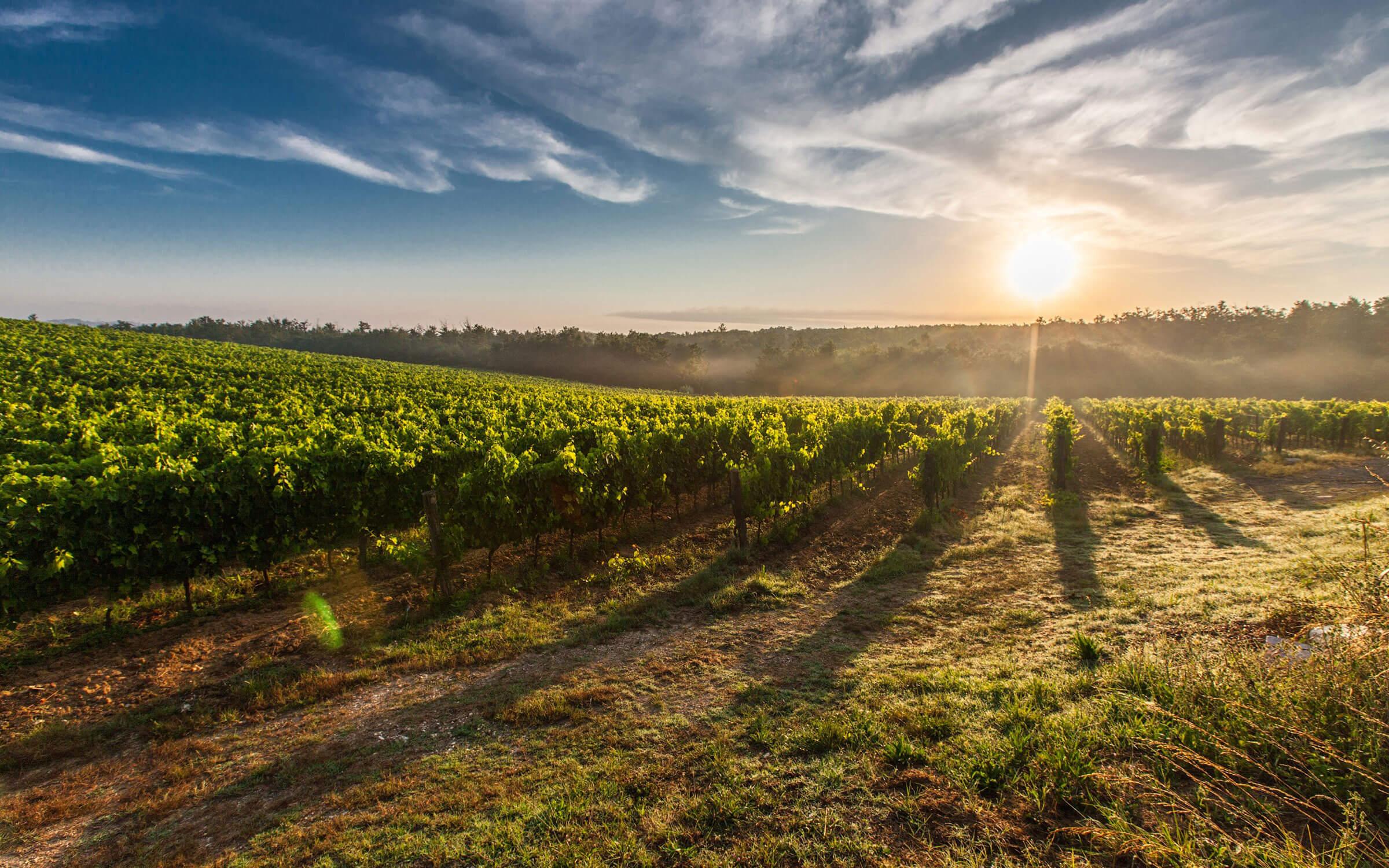 At The Slow Road we’ll be the first to admit that for us, a great culinary experience involves a fine glass of wine or two (or three).
At The Slow Road we’ll be the first to admit that for us, a great culinary experience involves a fine glass of wine or two (or three).
And while expanding your palate is a worthwhile endeavour in its own right, it’s made all the more rewarding when you have a sense of the history behind the bottle.
In our Vines 101 series, we pull back the curtain on some of our favourite wine regions in the world and explore their oenological offerings.
Chianti Wine: An Introduction
The word Chianti is derived from an Etruscan family name (Clanti), though today it refers to the hilly region between Florence and Siena, bordered by the Siena-Florence highway on one side and the Autostrada from Florence to Arezzo on the other.
The name Chianti was first used in the oenological sense by Grand Duke Cosimo III, who defined which parts of Tuscany could call their vintage Chianti—the first time in recorded history that a wine had its production area delimited. The quality of Chianti wine today is largely a product of the early winemaking efforts of the “Iron Baron,” Bettino Ricasoli, the second prime minister of unified Italy.

Bettino Ricasoli:
The (Less Than Stunning) “Iron Baron”
As the story goes, Ricasoli was not a very good looking man, and when some younger, attractive gentleman asked his wife to dance at a ball in Florence, he jealously relocated to Brolio Castle in Monti, Chianti (presumably, where this type of temptation was harder to come by). To pass time in Chianti, he began to experiment with different combinations of grapes, and in the process hit upon a pleasing mix of red sangiovese and canaiolo grapes, with a touch of white malvasia, twice fermented in the old Tuscan manner.
How to Read a Chianti Wine Label
 Most Italian wines are named for the varietal used and the district they come from. If the label says DOC (Denominazione di Origine Controllata) it means that the wine comes from a specially defined area and was produced according to a certain traditional method; DOCG (the “G” stands for Garantita) means that a high quality is also guaranteed, a badge worn by only the noblest of wines. Classico means that the wine comes from the oldest part of the zone of production, while Riserva or Supériore means a wine has been aged longer.
Most Italian wines are named for the varietal used and the district they come from. If the label says DOC (Denominazione di Origine Controllata) it means that the wine comes from a specially defined area and was produced according to a certain traditional method; DOCG (the “G” stands for Garantita) means that a high quality is also guaranteed, a badge worn by only the noblest of wines. Classico means that the wine comes from the oldest part of the zone of production, while Riserva or Supériore means a wine has been aged longer.
DOC and DOCG Wines
Tuscany produces 19 DOC and DOCG wines, including some of Italy’s finest reds, Brunello di Montacino and Vino Nòbile di Montepulciano. The red wines of Chianti are relatively dry, tend to have a ruby-red colour and move toward a garnet colour with age. Red Chianti wine generally features a minimum alcohol content around 11.5 per cent, while white varieties have a slightly higher alcohol content of about 12 per cent. Chianti is subdivided into seven categories and geographical distinctions. One of the hallmarks of Chianti wine is its versatility; the young varieties go well with hors d’oeuvres, pasta, roasted white meats, red meats and game and are best served at room temperature.


